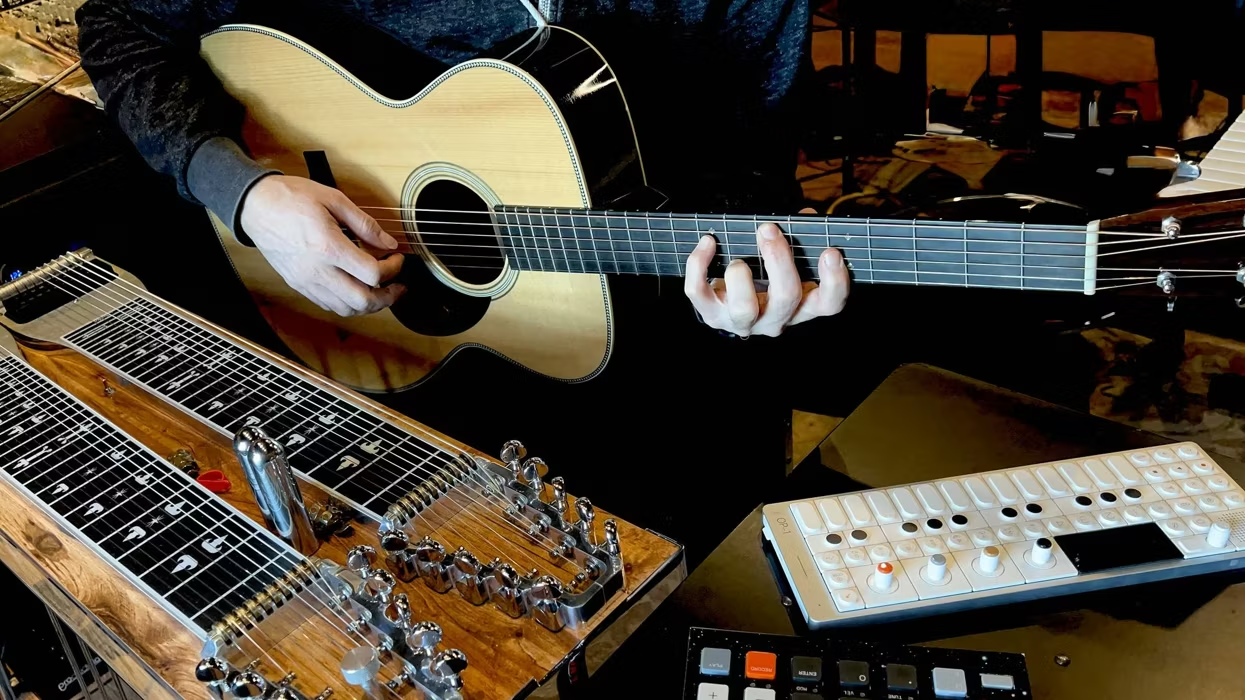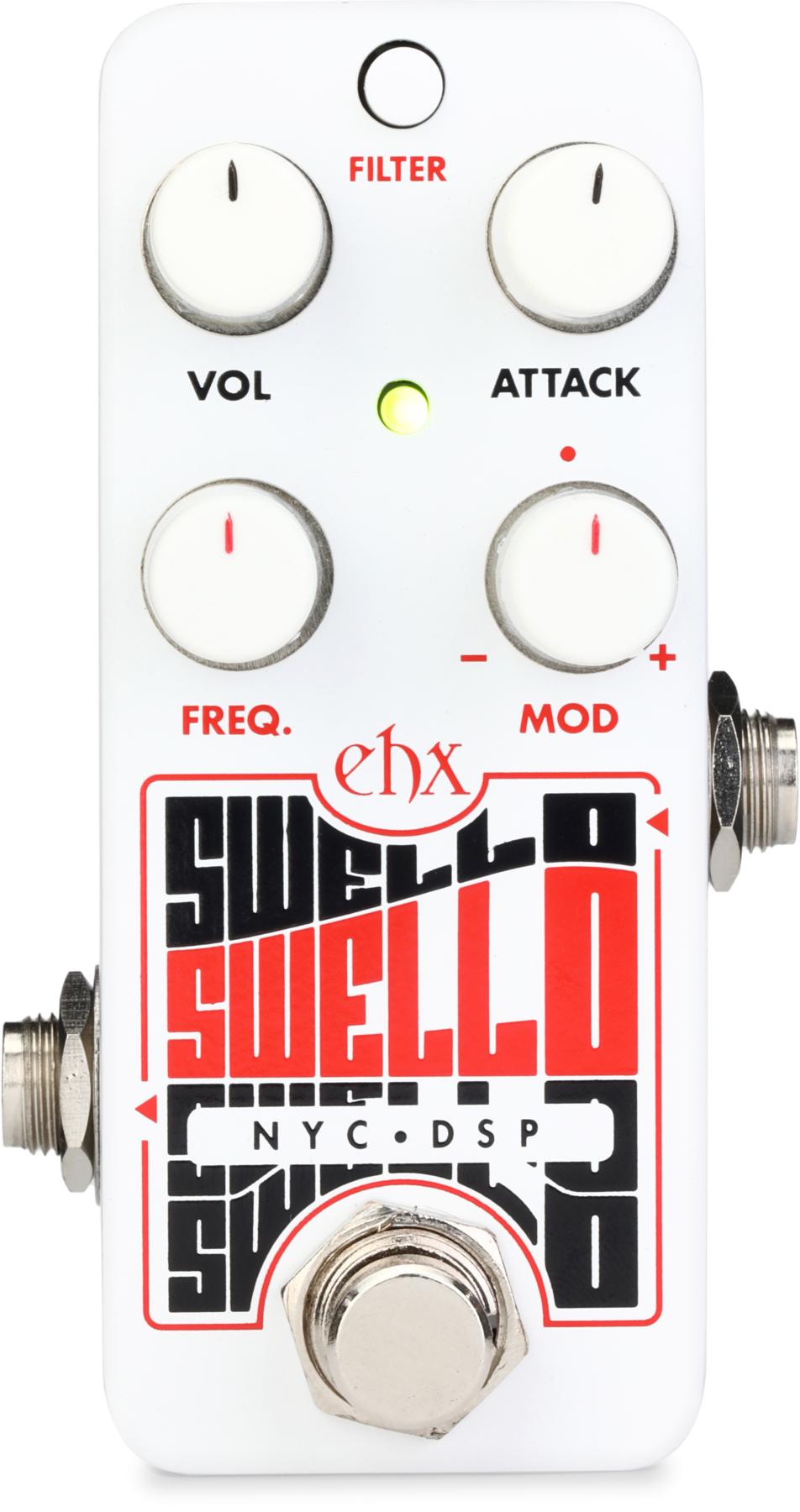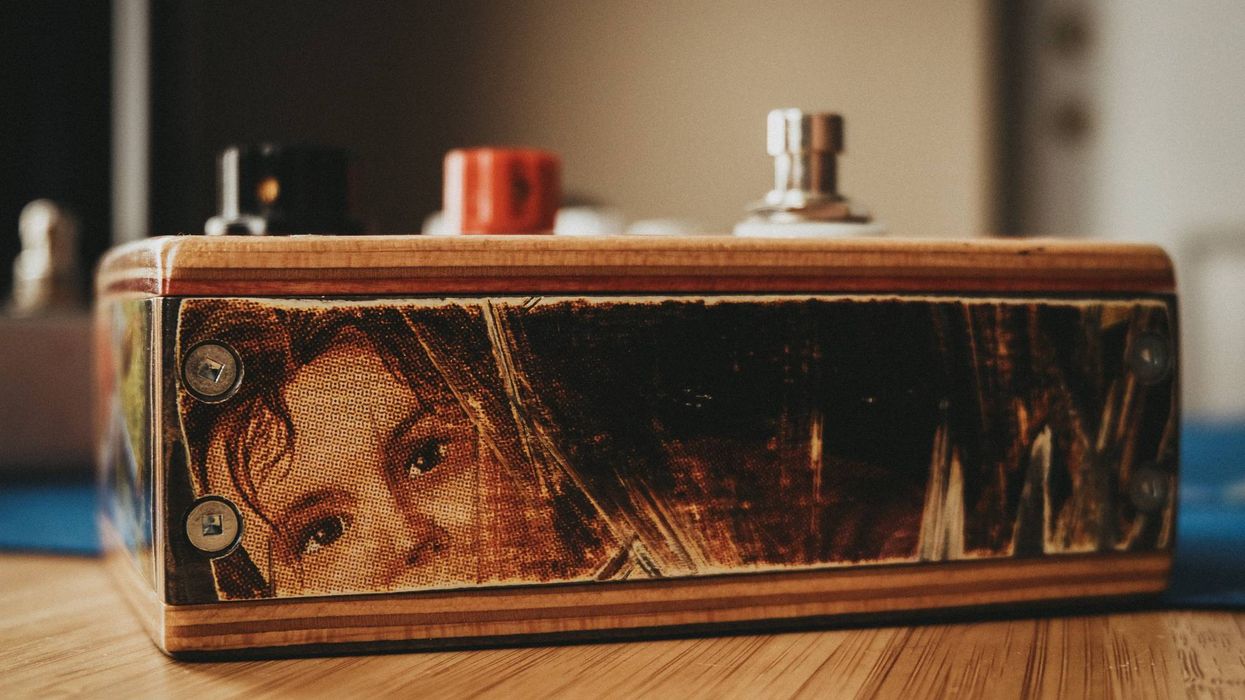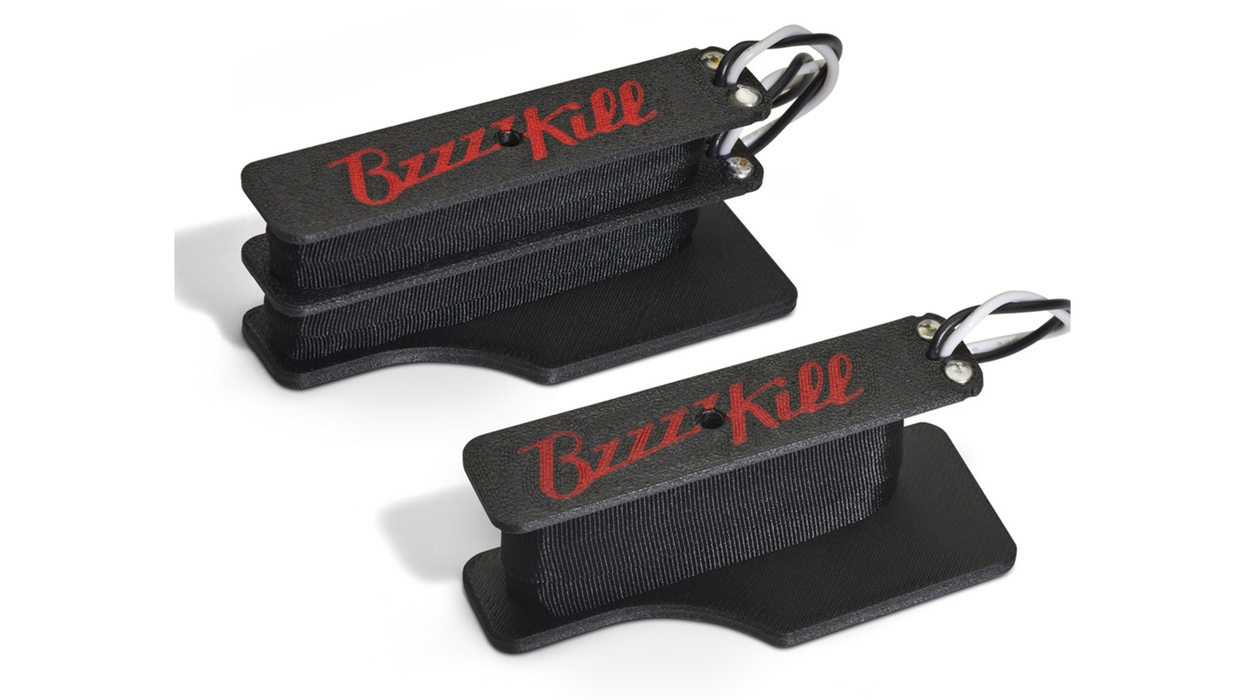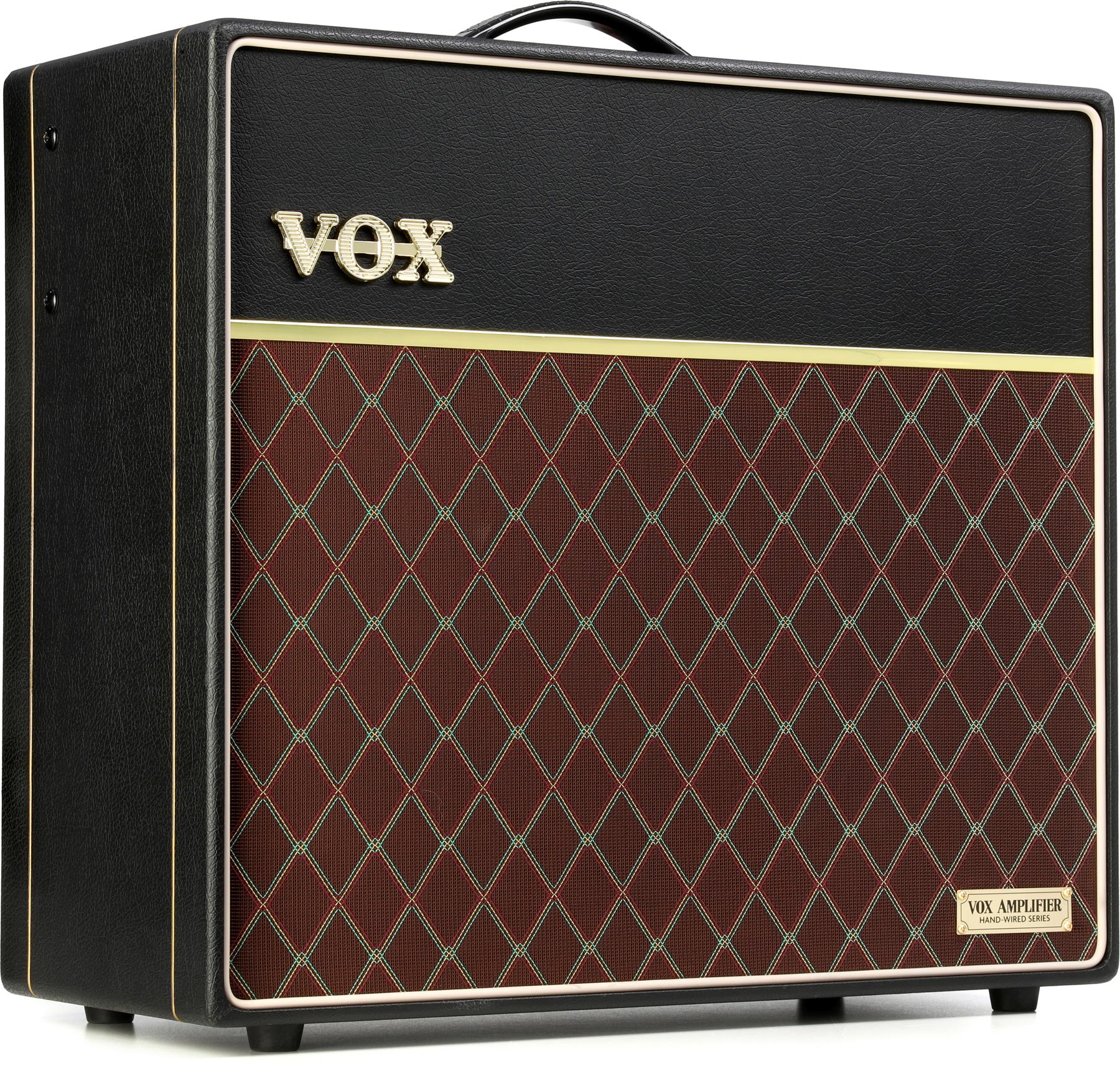The Meris MercuryX is the first pedal I’ve ever played that has its own glossary, found near the back of its 32-page user manual. Advertised as “a Modular Reverb System with pro audio and studio rack heritage,” the USA-made MercuryX builds on the foundation of Meris’ Mercury7 reverb unit, which was inspired, in part, by the Lexicon 224 Greek musician Vangelis used to score for Blade Runner. The Mercury7 is a richly featured and widely celebrated effect. But by comparison, the MercuryX makes it look like an abacus.
The MercuryX’s price bracket is about as high as it gets for a non-vintage effects pedal, but spend an hour with it, and you’ll realize the staggering amount of work the Meris team must have poured into it. It’s a feat of audio engineering and imagination that can take you anywhere you want to go.
Guide to the Galaxy
Though it features an almost comical amount of adjustability, the MercuryX is hardly a bother to operate in Meris’ default graphic view on the digital display. (The text view, comparatively, felt labyrinthine, if not flat-out impossible to navigate.) Three of the pedal’s seven knobs help you navigate the edit pages, where you can adjust a suite of parameters that, like the haunting reverb algorithms, feel like they never end. The 99 preset slots are divided into banks of three, which are selected and cycled via different combinations of the four footswitches. A favorites bank lets you keep your top three presets in immediate grasp. Plus, simultaneously pressing the two switches on the right will call up a tuner on the display. The MercuryX is powered by an ARM processor which helps enable its breadth of modulation options, including tremolo, chorus, vibrato, pitch shift, tape emulation, and more. Then there’s discrete filtering, compression, and preamp gain. Each of these functions is, of course, deeply tweakable, down to independent high- and low-frequency controls. The glossy deep-blue box is equipped with mono and stereo outs, expression pedal in, MIDI jacks, and USB-C for firmware updates. It’s sleek, but more importantly, it feels like resilient armor for the complex guts contained within.
Reverb of the Nerds
It’s clear that the builders at Meris are ginormous reverb nerds. The MercuryX contains eight distinct reverb algorithms. A few are ported from the Mercury7, while others are brand new. There’s every sort of reverb sound imaginable, and they’re all magnificent. You can dial in a tight, humble spring reverb, then jump to a pitch-shifting, interdimensional wormhole or a steely, dystopian fog.
And though they invite customization, the 87 Meris-made presets are each instantly cinematic and usable. The depth of these reverbs can be difficult to convey: Somehow, every single one is imaginative and stirring, suggesting different tones, voicings, picking styles, and progressions. (I could only imagine how they’d sound with a synth, bass, or vocal.) Plus, every setting in the presets can be individually tinkered with and saved, so there’s really a mind-numbing amount of flexibility here.
But that flexibility triggers some option paralysis, too. I found myself sticking to the MercuryX’s pre-programmed settings rather than trying to build my own for two reasons. There were simply too many variables to modify, and the reverb aficionados at Meris know what they’re doing. Why overcomplicate things?
The MercuryX’s only flaw might be that it occupies an awkward in-between spot in the market. Its capabilities (and price tag) eclipse many of the higher-end reverb units available, and in practice, it often feels closer to a compact floor modeler than an effect pedal. But it is just an effect pedal. Though, maybe this is a sign of things to come: The MercuryX really does lend the feeling that, at least as far as reverb is concerned, it can do everything.
The Verdict
For the right user, the MercuryX’s complexity will be a major asset. Learn how to manipulate all the processing power included here and this pedal might be a game-changer.





